BIBLIOGRAPHY
Arnold, Sir Edwin, The Light of Asia. London, 1884.
Avalon, Arthur, Shrichakrasambhara Tantra. London, 1919.
Bell, Sir Charles, The Portrait of the Dalai Lama. London, 1946.
, The Religion of Tibet. Oxford, 1928.
Bhattacharyya, Benoytosh, Indian Buddhist Iconography. Calcutta, 1924.
, Sadhanamala; a Buddhist Tantric Text of Rituals. Baroda, 1928.
Binyon, Laurence, Painting in the Far East. London, 1923.
Cammann, Schuyler, Suggested Origin of the Tibetan Mandala Paintings, The Art Quarterly , Spring, 1950.
Coomaraswamy, A. K., The Dance of Siva. New York, 1924.
dAlviella, Count G., The Migration of Symbols. London, 1884.
Das, Sarat Chandra,A Tibetan-English Dictionary. Calcutta, 1882.
Davids, T. W. Rhys, Buddhist Birth Stories. London, 1880.
Evans-Wentz, W. J., Tibets Great Yogi Milarepa. Oxford, 1928.
Fingesten, P., Towards a New Definition of Religious Art, College Art journal, X, No. 2 (1951), 131-146.
Fischer, O., Die Kunst Indiens, Chinas und Japans. Berlin, 1928.
Getty, Alice, The Gods of Northern Buddhism. Oxford, 1914.
Gordon, Antoinette K., The Iconography of Tibetan Lamaism. New York, 1939.
Grnwedel, Albert, Mythologie des Buddhismus in Tibet und der Mongolei. Leipzig, 1900.
Hackin, J., and others, Asiatic Mythology. New York, n.d.
Hastings, James, ed., Encyclopedia of Religion and Ethics. Edinburgh and New York, 1908-1926.
Jaeschke, H. A., A Tibetan-English Dictionary. London, 1881.
Kufusaku, Zozo Ryodo-Kyo; Sutra of Measurements in Iconography. Pekin, 1742.
Laufer, Berthold, Dokumente der indischen Kunst; das Citralaksana. Leipzig, 1913.
Lessing, Ferdinand, D.,Yung-Ho-Kung. Stockholm, 1942.
Li, An-che, Tibetan Religion, in Forgotten Religions (New York, 1950), pp. 253269.
McGovern, W. M.,A Manual of Buddhist Philosophy. London, 1923.
Monier-Williams, Sir. M.,A Sanskrit-English Dictionary. Oxford, 1872.
Olson, Eleanor, Tibetan Applique Work, The Bulletin of the Needle and Bobbin Club , Vol. XXXIV, Nos. 1 and 2 (1950).
, A Tibetan Emblem of Sovereignty, The Oriental Art Magazine (London), Vol. III, No. 3 (1951).
Pallis, Marco, Peaks and Lamas. New York, 1940.
Pander, Eugen, Das Pantheon des Tschangtscha Hutuktu. Berlin, 1890.
Roerich, G., Tibetan Paintings. Paris, 1925.
Sankrityayana, Rahula, Buddhist Painting in Tibet,Asia Magazine , XXXVII, No. 10 (October, 1937), 711-715.
Technic in Tibetan Painting, Asia Magazine, XXXVII, No. 11 (November, 1937), 776780.
Tucci, G., Tibetan Painted Scrolls. Rome, 1950.
Vidyabhusana, S. C., On Certain Tibetan Scrolls and Images. Calcutta, 1905. Memoirs of the Asiatic Society of Bengal, Vol. I, No. 1.
Waddell, L. A., The Buddhism of Tibet or Lamaism. London, 1895.
Warren, H. C., Buddhism in Translations. Cambridge, Mass., 1947. Harvard Oriental Series.
Weber, V.-F., Ko-ji Ho-ten. Paris, 1923.
CONCLUSION
T HIS SHORT SURVEY of Tibetan Art leaves the impression that art in Tibet is truly a religious art. The infinite variety of forms and expressions executed in so many different media is astonishing. There are hundreds of individual deities or manifestations, each with his special characteristics. The moods portrayed, whether in painting or in sculpture, run the gamut of expression from the serene calm of a contemplative Buddha to the ferocity of a Dharmapala, a fierce Defender of the Faith.
Difficulties in casting and in the procuring of the necessary materials were enormous. Many of the basic materials were imported from China and India; the minerals and vegetables used in making the dyes came from remote parts of the country. Transporting them over the high mountain passes and snow-covered valleys at an altitude of more than ten thousand feet on muleback or yakback required much time and fortitude.
Among the thousand or more thang-kas and the innumerable images which the author has examined there is surprisingly little repetition, in spite of the rigid canonical restrictions. Evidently the artists found sufficient latitude to express themselves, because many of the paintings and images were made with consummate craftsmanship and a fine feeling for line, color, and perspective. Tibetan art is an anonymous art. Yet there were great painters and sculptors among the lamas, whose outstanding achievements deserve our respect and recognition.
Bkra - shis
A CATALOG OF SELECTED DOVER BOOKS IN ALL FIELDS OF INTEREST
CONCERNING THE SPIRITUAL IN ART, Wassily Kandinsky. Pioneering work by father of abstract art. Thoughts on color theory, nature of art. Analysis of earlier masters. 12 illustrations. 80pp. of text. 5  8.
8.
23411-8
ANIMALS : 1,419 Copyright-Free Illustrations of Mammals, Birds, Fish, Insects, etc., Jim Harter (ed.). Clear wood engravings present, in extremely lifelike poses, over 1,000 species of animals. One of the most extensive pictorial sourcebooks of its kind. Captions. Index. 284pp. 9 12.
23766-4
CELTIC ART : The Methods of Construction, George Bain. Simple geometric techniques for making Celtic interlacements, spirals, Kells-type initials, animals, humans, etc. Over 500 illustrations. 160pp. 9 12. (Available in U.S. only.)
22923-8
AN ATLAS OF ANATOMY FOR ARTISTS, Fritz Schider. Most thorough reference work on art anatomy in the world. Hundreds of illustrations, including selections from works by Vesalius, Leonardo, Goya, Ingres, Michelangelo, others. 593 illustrations. 192pp. 7  10.
10.
20241-0
CELTIC HAND STROKE-BY-STROKE (Irish Half-Uncial from The Book of Kells): An Arthur Baker Calligraphy Manual, Arthur Baker. Complete guide to creating each letter of the alphabet in distinctive Celtic manner. Covers hand position, strokes, pens, inks, paper, more. Illustrated. 48pp. 8 11. 2
4336-2
EASY ORIGAMI , John Montroll. Charming collection of 32 projects (hat, cup, pelican, piano, swan, many more) specially designed for the novice origami hobbyist. Clearly illustrated easy-to-follow instructions insure that even beginning paper-crafters will achieve successful results. 48pp. 8 11.
27298-2
THE COMPLETE BOOK OF BIRDHOUSE CONSTRUCTION FOR WOODWORKERS, Scott D. Campbell. Detailed instructions, illustrations, tables. Also data on bird habitat and instinct patterns. Bibliography. 3 tables. 63 illustrations in 15 figures. 48pp. 5 8.
24407-5
BLOOMINGDALES ILLUSTRATED 1886 CATALOG: Fashions, Dry Goods and Housewares, Bloomingdale Brothers. Famed merchants extremely rare catalog depicting about 1,700 products: clothing, housewares, firearms, dry goods, jewelry, more. Invaluable for dating, identifying vintage items. Also, copyright-free graphics for artists, designers. Co-published with Henry Ford Museum & Greenfield Village. 160pp. 8 11.
25780-0
HISTORIC COSTUME IN PICTURES, Braun & Schneider. Over 1,450 costumed figures in clearly detailed engravingsfrom dawn of civilization to end of 19th century. Captions. Many folk costumes. 256pp. 8  11
11 

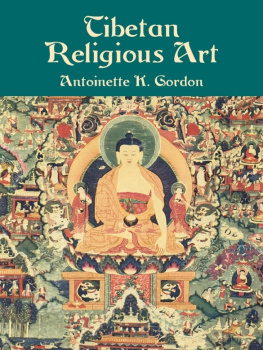

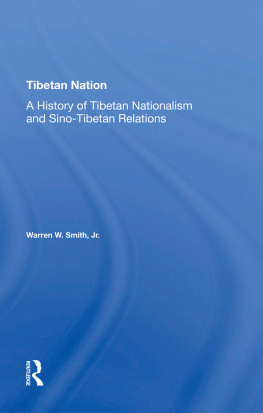

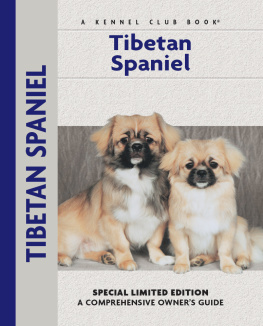
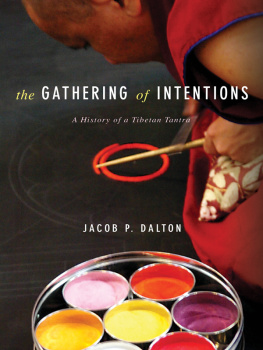
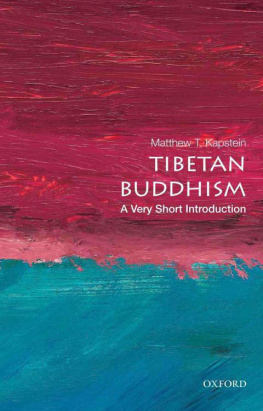
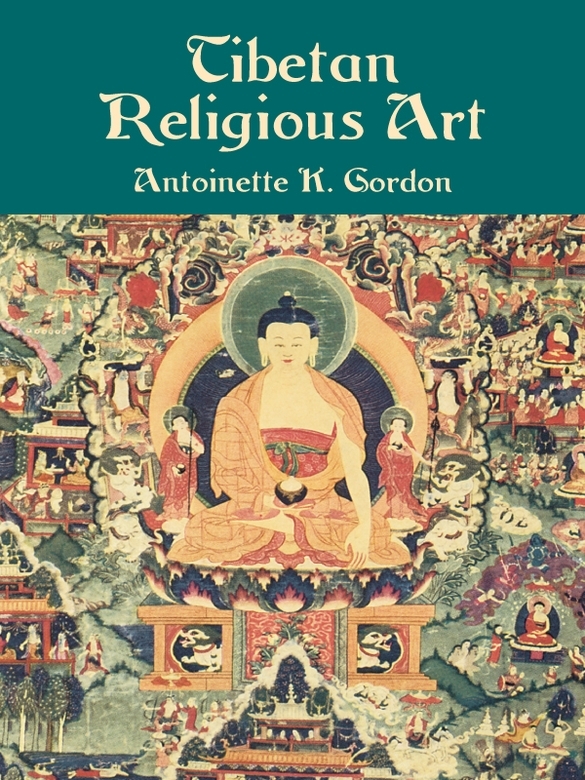

 8.
8. 10.
10.